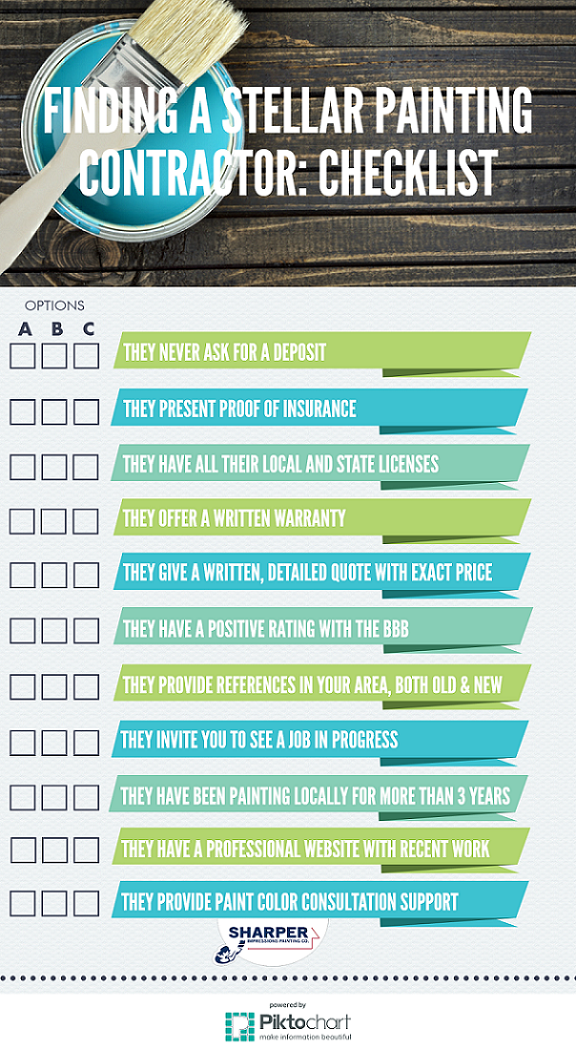Understand Just How Seasonal Problems Impact The Success Of Industrial External Paint And Discover The Optimal Durations To Assure Resilient Results For Your Task
Understand Just How Seasonal Problems Impact The Success Of Industrial External Paint And Discover The Optimal Durations To Assure Resilient Results For Your Task
Blog Article
Post By-Fox Rodriquez
When you're intending a commercial outside paint task, seasonal factors can make or damage your results. You'll want to consider just how temperature level and humidity effect paint application and drying times. Picking the best period can ensure your paint adheres correctly and lasts longer. However which simply click the following webpage are truly the best for this type of work? Allow's discover the crucial elements that can affect your project's success.
The Impact of Temperature on Paint Application
When you're intending a commercial external painting project, the temperature can substantially impact exactly how well the paint sticks and dries.
Ideally, you wish to paint when temperature levels vary in between 50 ° F and 85 ° F. If it's also cool, the paint may not cure appropriately, leading to problems like peeling or cracking.
On the flip side, if it's also warm, the paint can dry also quickly, preventing proper adhesion and leading to an irregular coating.
You should additionally consider the moment of day; early morning or late afternoon offers cooler temperatures, which can be more favorable.
Constantly examine the manufacturer's recommendations for the specific paint you're using, as they often supply advice on the suitable temperature range for optimal outcomes.
Humidity and Its Result on Drying Times
Temperature isn't the only ecological element that influences your industrial outside painting job; humidity plays a substantial duty as well. High moisture degrees can reduce drying times considerably, influencing the general high quality of your paint work.
When the air is filled with moisture, the paint takes longer to cure, which can lead to issues like bad adhesion and a higher risk of mold development. If cost to paint interior room on a specifically humid day, be planned for extended wait times between coats.
It's critical to check local weather and plan as necessary. Ideally, go for humidity levels in between 40% and 70% for ideal drying out.
Keeping these factors in mind ensures your task stays on track and supplies a lasting finish.
Best Seasons for Commercial Outside Painting Projects
What's the best time of year for your industrial external paint projects?
Spring and early autumn are generally your best options. During these periods, temperature levels are light, and humidity levels are frequently reduced, producing excellent problems for paint application and drying.
Prevent summertime's intense heat, which can cause paint to dry as well quickly, resulting in bad adhesion and surface. In a similar way, winter's cold temperature levels can impede correct drying and healing, running the risk of the durability of your paint task.
Aim for days with temperatures in between 50 ° F and 85 ° F for optimum results. Remember to check the regional weather forecast for rain, as wet conditions can wreck your task.
Planning around these variables ensures your paint job runs efficiently and lasts longer.
Final thought
To conclude, preparing your commercial external painting tasks around seasonal considerations can make a substantial distinction in the end result. By scheduling job during the excellent temperature levels and moisture levels, you'll guarantee better adhesion and drying out times. Bear in mind to keep an eye on local weather forecasts and choose the right time of year-- springtime and early autumn are your best choices. Taking these actions will certainly help you achieve a sturdy and expert coating that lasts.
